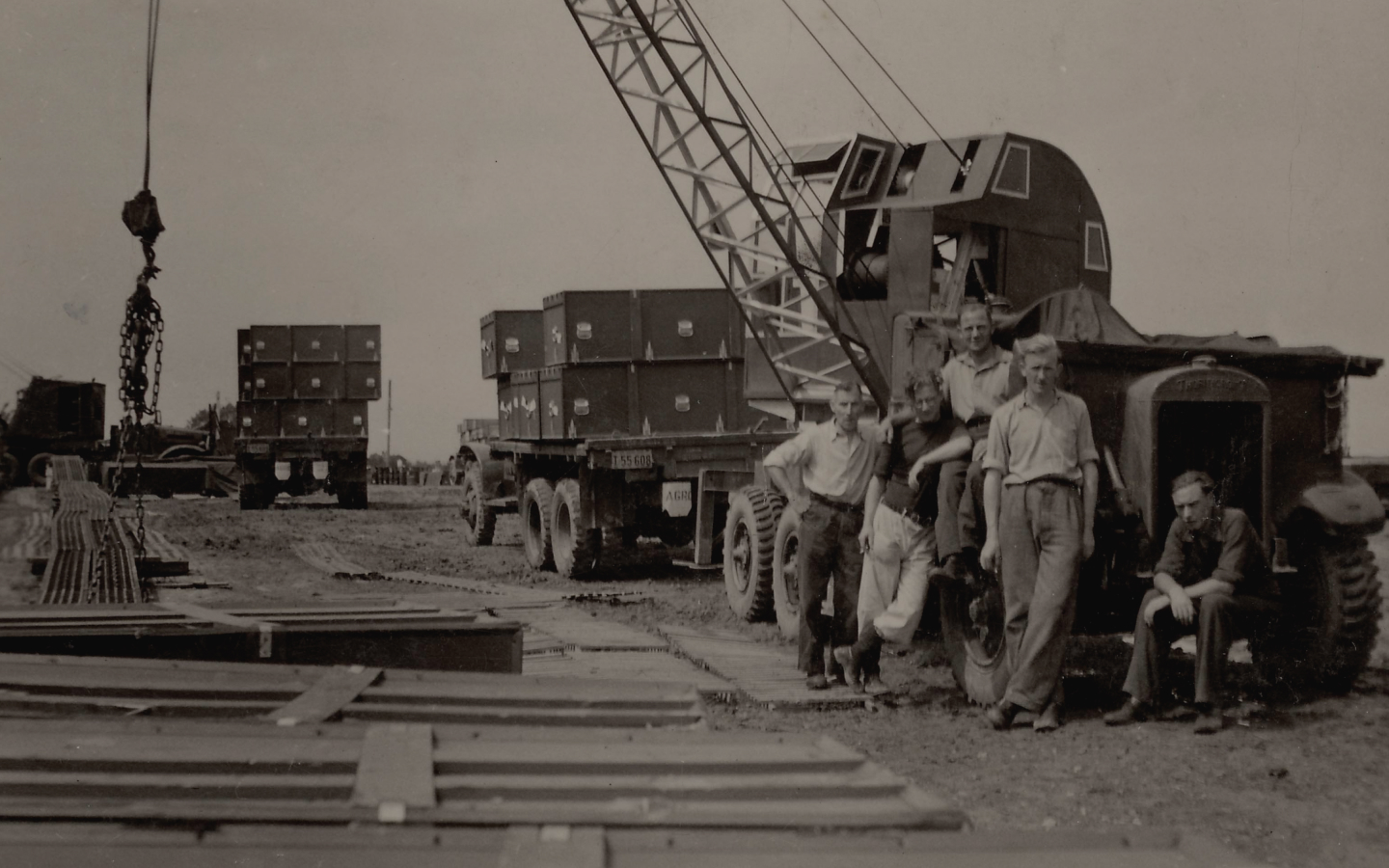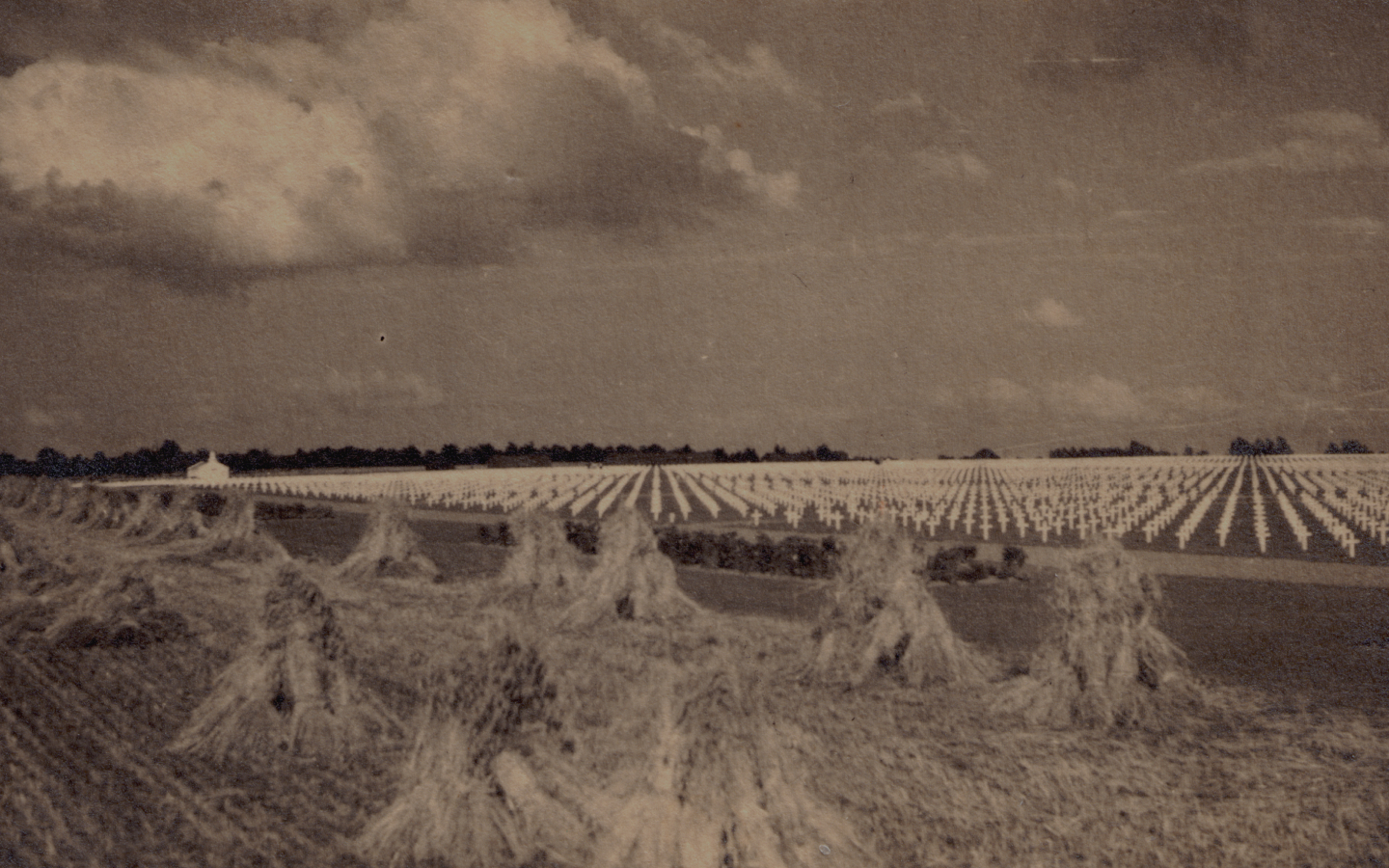Eugene Hingson
172nd Engineer Combat Battalion
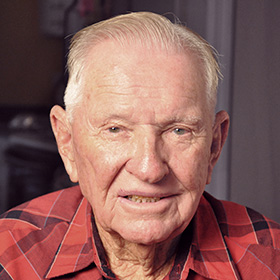
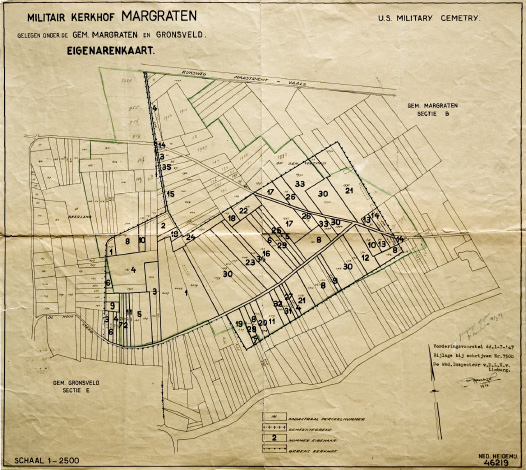
March 23rd
Major assault on Wesel (airborne). The cemetery in Margraten could no longer cope with the large number of corpses. On march 25th, the citizens of Margraten were called upon again to help dig graves.
"They used a microphone or a loudspreaker asking people to help out.”
Felix Prevoo
Resident Margraten
09 January 2013
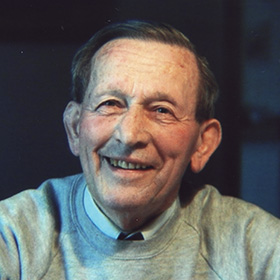
March 25th - April 30th
During the advance across the Ruhr and the Rhine to where they met with the Russian allies (March 25th - April 30th), 1,358 GI's of the Ninth Army were killed. The Margraten cemetery was originally designated to the Ninth Army as this was the only division that did not want a cemetery on enemy territory. The deceased soldiers were transferred to Margraten.

Mathieu Bessems
Resident Margraten
13 February 2011
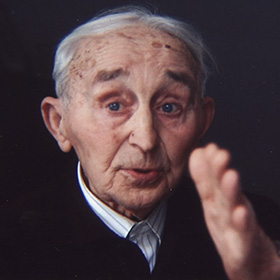
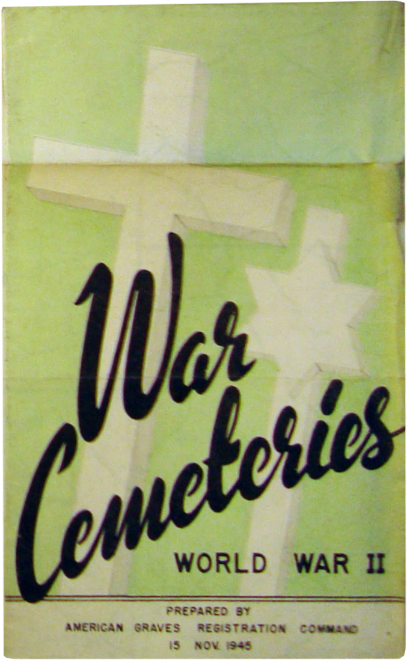
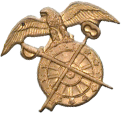
Early May 1945
The cemetery counted 12,086 graves: 8,886 Americans, 200 other allied soldiers and 3,000 Germans.
William O. Solms
960ste Quartermaster Service Company
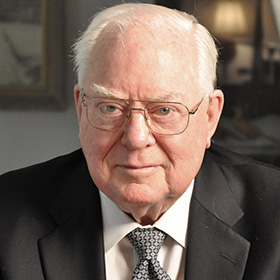
Jean Halders
Resident Gronsveld
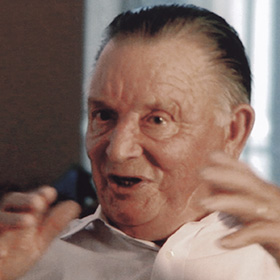
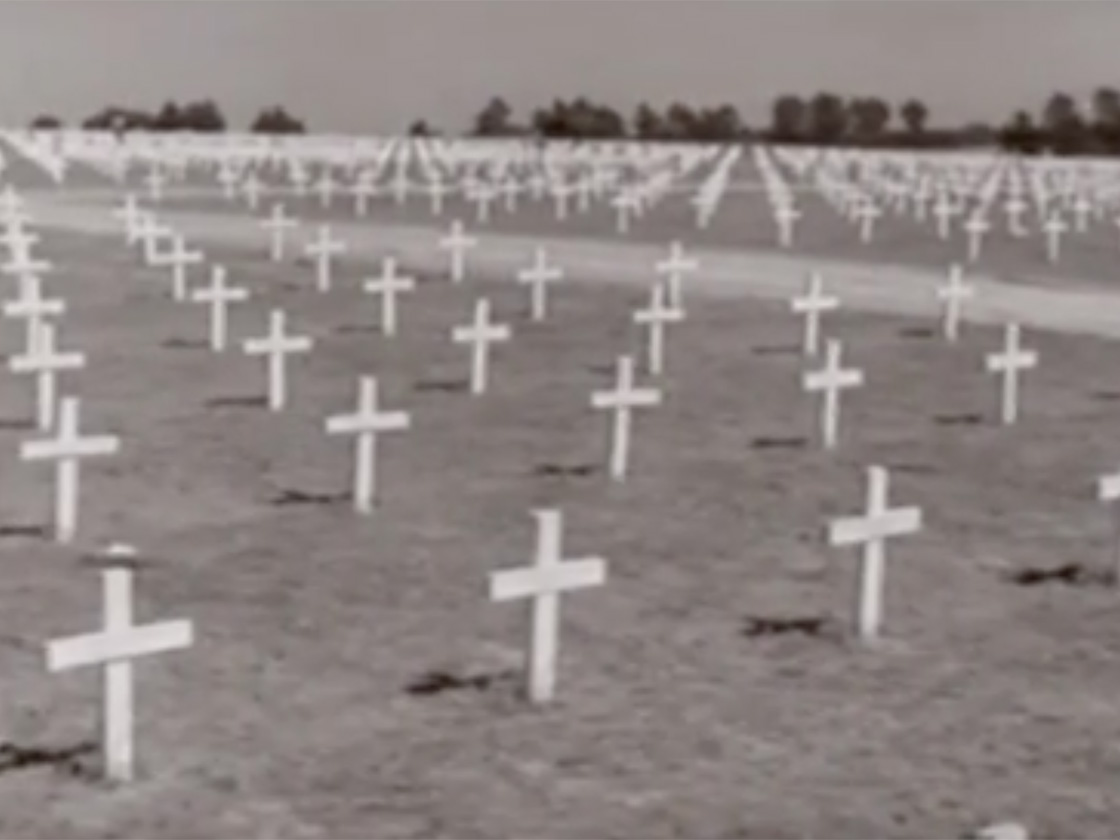
Ve-day, May 6th
Immediately after the end of the war on May 8th 1945 general Eisenhower decided to clear the temporary cemeteries in Germany and have the deceased transferred to Henri-Chapelle and Margraten. Henri-Chapelle, however, could not be extended due to its geographical position and therefore most of the deceased were brought to Margraten.
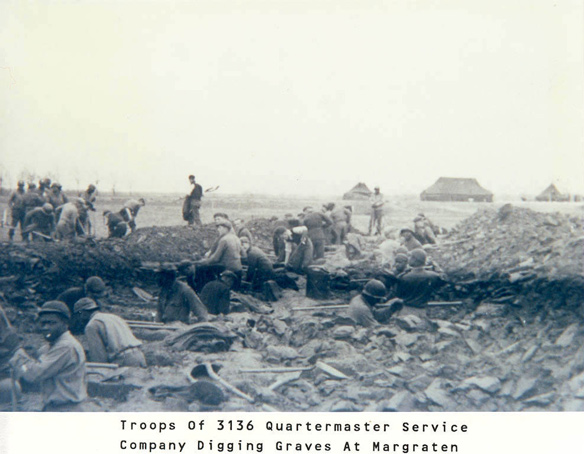
May 30th
The first memorial day took place in Margraten.
June
In June 1945 the 603rd Quartermaster Graves Registration Company comes to Margraten. Their primary task is to excavate and identify the many hunderds of Americans buried as 'unknown'
